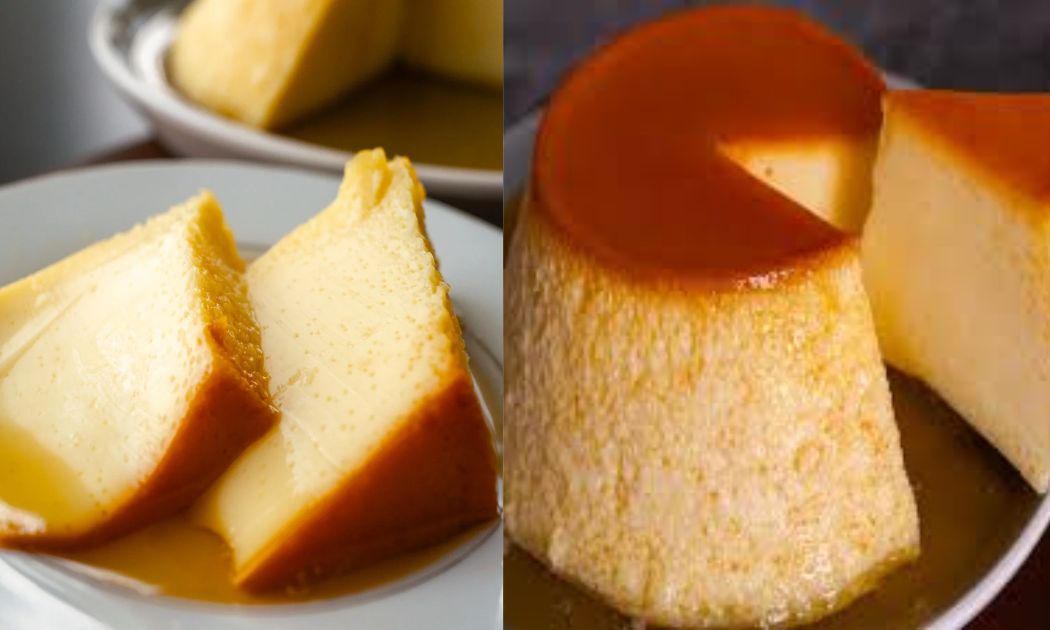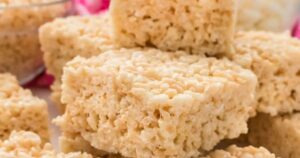Spanish desserts are a real treat for your taste buds, offering a mix of crunchy and smooth delights that represent the rich food culture of Spain. From flans to churros, these sweets have something for everyone. One of the absolute favorites is the famous churros—a fried dough pastry, golden and crispy, often enjoyed with a dip of thick, hot chocolate. Another must-try dessert is the smooth and creamy flan, a rich custard often found in the regions of Andalusia and Catalonia. Its delicate texture and caramelized sugar topping make it an unforgettable part of Spanish tradition.
Don’t miss the crema catalana, a sweet custard from Catalonia with a crunchy layer of sugar on top, balancing the soft, creamy base. These desserts are not just about taste—they’re a way to experience the unique flavors and traditions of each region in Spain. Whether it’s the almond nougat from Spain’s festive seasons or the warm, buttery pastries, these are the tastiest and most special Spanish desserts you’ll ever taste.
Spanish Flan, Best Of Spanish Desserts
Spanish Flan stands as the quintessential dessert in Spain’s sweet repertoire. This classic recipe combines a silky smooth custard with a luscious caramel topping. The contrast between the sweet sauce and the creamy texture creates a perfect harmony on the palate.
Making Spanish Flan is surprisingly easy despite its elegant appearance. With just a few basic ingredients – eggs, milk, sugar, and vanilla – you can create this impressive dessert. The technique involves slowly baking the custard in a water bath, which ensures that perfect texture every time.
The caramel forms naturally during preparation, creating a beautiful amber coating that adds both visual appeal and depth of flavor. When served cold, the smooth custard contrasts wonderfully with the slightly bitter caramel, making each bite a complex sensory experience that will leave you happy and satisfied.
This delicious dessert makes a perfect ending to any meal, bringing authentic flavors of Spain to your table without requiring professional pastry skills.
Natillas
Natillas, a homemade custard beloved throughout Spain, offers comfort in every spoonful. This classic dessert features a smooth base infused with vanilla, cinnamon, and a hint of lemon that brightens the entire creation.
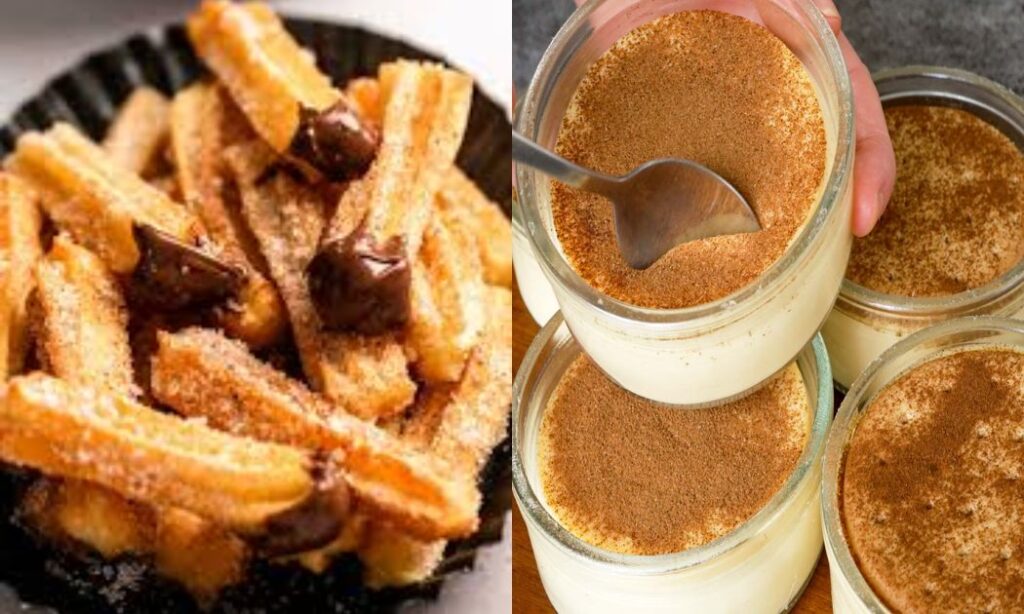
Similar to but distinct from flan and crema catalana, natillas has a uniquely cozy character. Its soft, pudding-like consistency makes it the perfect comfort food for any season. Traditional Spanish households often serve this dessert warm or at room temperature, topped with a sprinkle of ground cinnamon and perhaps a small cookie.
What makes natillas a favorite among Spanish sweets is its gentle flavor profile. The vanilla provides a fragrant base note, while the cinnamon and lemon add complexity without overwhelming the palate. Each spoonful delivers silky satisfaction that feels like a warm embrace from a Spanish grandmother’s kitchen.
Crema Catalana
Crema Catalana stands as a culinary icon among Spanish desserts. This classic treat combines a smooth custard base with a crispy caramelized sugar layer on top. The contrasting textures – creamy beneath and crunchy above – create an exciting sensory experience with each spoonful.
The recipe requires attention to detail but rewards your efforts with a rich, comforting dessert. The custard base contains subtle hints of cinnamon and a touch of citrus, usually lemon zest, which adds brightness to the sweet mixture. When properly prepared, the custard should be silky and substantial without being heavy.
Also Read: Homemade Banana Foster Pudding Recipe – Safe for Kids
What truly distinguishes Crema Catalana is its sugary top. Just before serving, a thin layer of sugar is sprinkled evenly across the surface and caramelized using a hot iron or kitchen torch. This creates the characteristic crackle that breaks satisfyingly under your spoon, revealing the creamy custard beneath. This delightful blend of textures and flavors makes Crema Catalana an unforgettable treat that captures the essence of Spanish culinary artistry.
Almond Hazelnut Nougat
Turrón, a traditional Spanish nougat made with almonds and hazelnuts, holds a special place in celebrations across Spain, particularly during Christmas. This sweet treat combines honey, sugar, and roasted nuts to create something truly memorable.
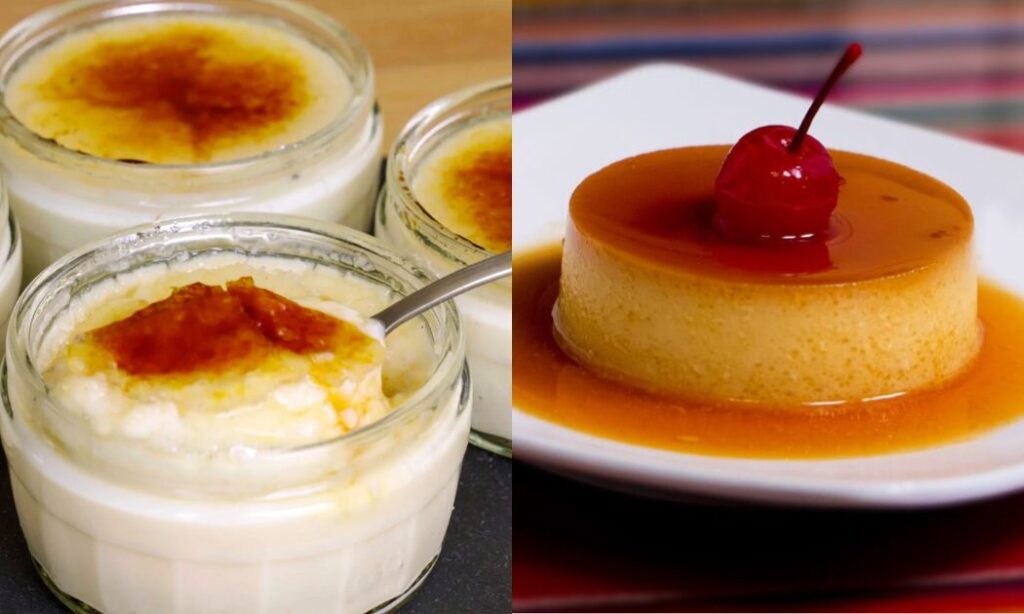
The chewy mix varies in texture depending on the variety, but all versions deliver a rich, satisfying experience. The warm flavor of toasted nuts creates depth, while the honey adds complex sweetness. Each bite offers the perfect balance of sweetness and nuttiness.
For many growing up in Spain, Turrón represents family gatherings and holiday traditions. The crunch of nuts balanced with the soft nougat base creates a textural contrast that keeps you coming back for more. This classic Spanish confection leaves a lasting impression with its simple yet sophisticated flavor profile.
Basque Cheesecake
Basque Cheesecake represents a revolutionary approach to an international favorite. Originating in northern Spain at La Viña Restaurant in San Sebastian, this burnt-top cheesecake has gained global recognition for its distinctive appearance and incredible flavor.
Unlike traditional cheesecakes, this Spanish version intentionally features a darkened exterior that caramelizes during baking, creating complex notes that balance the creamy interior perfectly. The simple ingredients list belies the sophisticated result – cream cheese, sugar, eggs, cream, and a touch of flour create something truly extraordinary.
What makes this dessert particularly appealing is how simple it is to make at home without any fuss. You don’t need special equipment or techniques to achieve results that taste as though they came straight from a fancy restaurant. The batter comes together quickly, and the high-temperature baking method creates that signature burnished exterior that defines this unique treat.
Churros
Churros, the beloved fried Spanish snack, have captured hearts worldwide. These crispy treats feature a surprisingly simple composition – just flour, water, and salt transformed through technique into something extraordinary.
The dough for churros gets its distinctive appearance when squeezed through a special nozzle that creates the characteristic ridged shape. This design isn’t just for visual appeal; those ridges increase surface area, resulting in maximum crispiness when fried.
In Spain, people traditionally enjoy churros for breakfast or as an afternoon indulgence. They’re typically served piping hot, either plain with a dusting of sugar or dipped in thick hot chocolate for a truly decadent experience. The contrast between the crunchy exterior and slightly soft interior makes each bite a satisfying treat that explains why churros have become so beloved around the world.
Arroz con Leche
Arroz con Leche, or Spanish Rice Pudding, embodies comfort and joy in dessert form. This sweet treat holds a special place in both Spanish and Latin American kitchens, where it’s often prepared according to treasured family recipes passed down through generations.
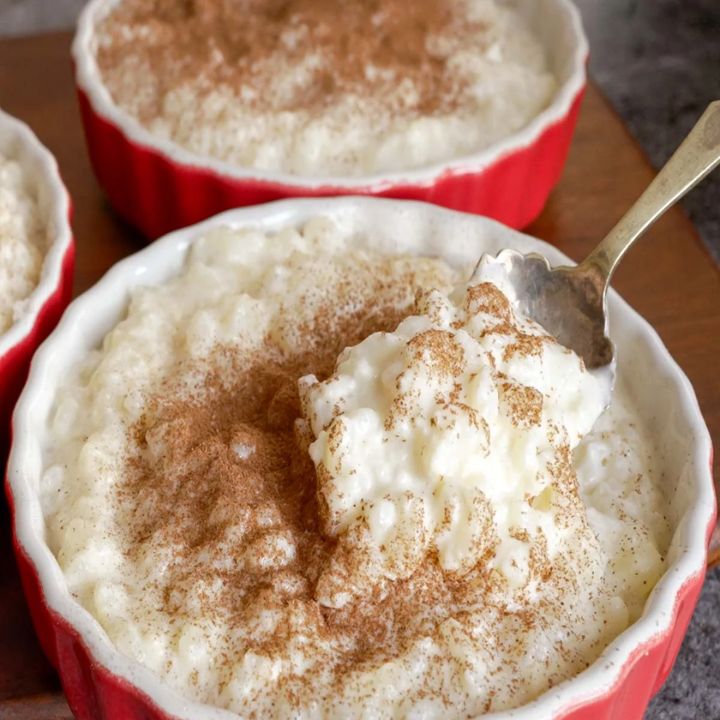
The recipe appears deceptively simple – rice slowly simmered in milk with sugar and cinnamon. However, achieving the perfect consistency requires patience and attention. When properly prepared, each grain of rice becomes tender while maintaining its integrity, suspended in a creamy, fragrant mixture.
What makes Arroz con Leche truly distinctive is its warm, cozy flavor profile. The cinnamon provides a gentle spice note that complements the natural sweetness without overwhelming it. Many families enjoy this dessert on special days or holidays, though it makes an equally wonderful daily dessert. Each bowl delivers a sense of comfort that feels like a hug in dessert form.
Chocolate Flan
Chocolate Flan represents an exciting twist on a classic dessert. By adding chocolate to traditional flan, this variation creates depth and complexity while maintaining the silky texture that makes flan so beloved.
The fun aspect of Chocolate Flan is how easily you can customize it to make it your own. Some versions incorporate a twist of espresso for a rich, bold flavor that complements the chocolate perfectly. Others add orange zest for a fresh, citrusy kick that brightens the entire dessert.
This adaptation allows you to explore the world of chocolate in a new context. The cocoa notes integrate beautifully with the caramel topping traditional to flan, creating layers of flavor that unfold as you eat. Whether you prefer dark, milk, or even white chocolate as your base, this dessert offers endless opportunities for creative variation.
Tocino de Cielo
Tocino de Cielo, whose name translates poetically to “Bacon from Heaven,” represents the height of Spanish dessert simplicity. This wonderful creation achieves extraordinary results with just a handful of simple ingredients – primarily egg yolks and sugar.
What makes this dessert distinctive is its rich golden color and incredibly smooth, creamy texture. The preparation method involves slowly cooking the sweetened egg mixture until it sets into a luscious custard that’s nearly impossible to resist.
The result is a delicious dessert that showcases the magic that can happen when basic ingredients are treated with respect and technical skill. Each spoonful delivers intense flavor and a luxurious mouthfeel that belies the simplicity of its composition.
Tarta de la Abuela (Chocolate Eclair Cake)
Tarta de la Abuela, or Grandmother’s Cake, evokes warm childhood memories for many Spaniards. This no-bake dessert, similar to Chocolate Eclair Cake, represents home cooking at its finest – simple ingredients transformed into something tasty and comforting.
What makes this dessert super easy to make is that it requires no baking at all. The assembly involves alternating layers of tea biscuits (or graham crackers if you prefer) with vanilla custard, creating a cake-like structure that sets in the refrigerator.
During refrigeration, the moisture from the custard softens the biscuits, creating a texture reminiscent of cake. The result is a simple yet satisfying treat that brings back memories of family gatherings. Many Spanish households have their own variation of this recipe, often passed down from grandma with small tweaks that make each family version unique.
Comparison of Spanish Desserts
| Dessert | Main Ingredients | Texture | Difficulty | Prep Time | Special Equipment |
| Spanish Flan | Eggs, milk, sugar | Smooth, creamy | Medium | 1 hour | Ramekins, water bath |
| Natillas | Milk, eggs, sugar, cinnamon | Smooth, pudding-like | Easy | 30 minutes | None |
| Crema Catalana | Milk, eggs, sugar, citrus | Creamy with crispy top | Medium | 45 minutes | Kitchen torch |
| Turrón | Almonds, hazelnuts, honey | Chewy, crunchy | Hard | 2+ hours | Candy thermometer |
| Basque Cheesecake | Cream cheese, eggs, sugar | Creamy, burnt exterior | Easy | 1 hour | Springform pan |
| Churros | Flour, water, salt | Crispy, light | Medium | 45 minutes | Piping bag, star tip |
| Arroz con Leche | Rice, milk, cinnamon | Creamy, tender | Easy | 45 minutes | None |
| Chocolate Flan | Chocolate, eggs, milk, sugar | Smooth, rich | Medium | 1 hour | Ramekins, water bath |
| Tocino de Cielo | Egg yolks, sugar | Smooth, dense | Medium | 1 hour | Water bath |
| Tarta de la Abuela | Biscuits, custard, chocolate | Soft, layered | Easy | 30 minutes + chilling | None |
Frequently Asked Questions
What are famous Spanish desserts?
Spanish Flan and Churros are internationally renowned, while Crema Catalana and Turrón are highly celebrated within Spain for their traditional significance and unique flavors.
Which Spanish dessert goes well with paella?
Flan or Crema Catalana pair beautifully with paella, as their creamy textures and sweet profiles balance the savory richness of Spain’s famous rice dish.
What are traditional Spanish desserts for Christmas?
Turrón (almond nougat) is the quintessential Spanish Christmas dessert, often accompanied by marzipan figures and polvorones (shortbread cookies).
Are Spanish desserts difficult to make at home?
Many Spanish desserts like Arroz con Leche and Tarta de la Abuela are quite simple to prepare at home, while others like Crema Catalana require some practice but use basic ingredients.
What makes Spanish desserts different from other European sweets?
Spanish desserts often feature cinnamon, citrus, and almonds, reflecting Moorish influences in Spanish cuisine. They typically emphasize quality ingredients over elaborate decoration.

I’m Michael Alexander. A content writer and SEO Expert with 2 years of Experience. I have already worked with the BBC News Website.
